![]() December 25, 2023
December 25, 2023
![]() 576
576
![]() 0
0
Post-Mauryan Art & Architecture in India saw notable developments showcasing the diverse artistic and architectural expressions during the post-Mauryan period in India.
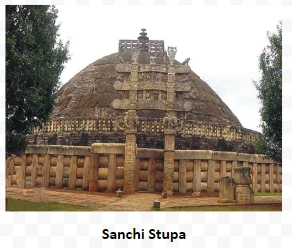
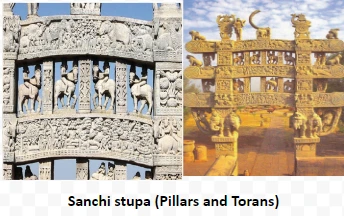
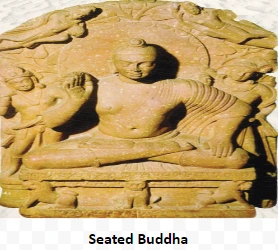
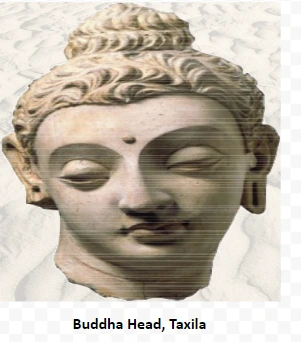
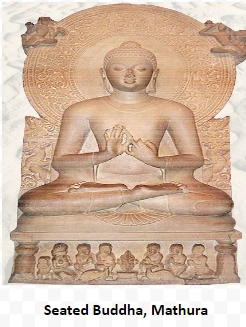
Conclusion
The Post-Mauryan era unfolds a rich tapestry of artistic brilliance, epitomized by the Seated Buddha of Sarnath in Chunar sandstone. This masterpiece, a hallmark of the Post-Mauryan period, intricately captures the evolution of sculptural finesse, from the slender Sarnath School proportions to the delicate facial features, reflecting the continuous refinement of artistic expression. The Seated Buddha’s serene presence, marked by the plain central halo and transparent drapery, stands as a testament to the enduring legacy of Post-Mauryan artistry in portraying the spiritual essence of ancient India.
<div class="new-fform">
</div>

Latest Comments